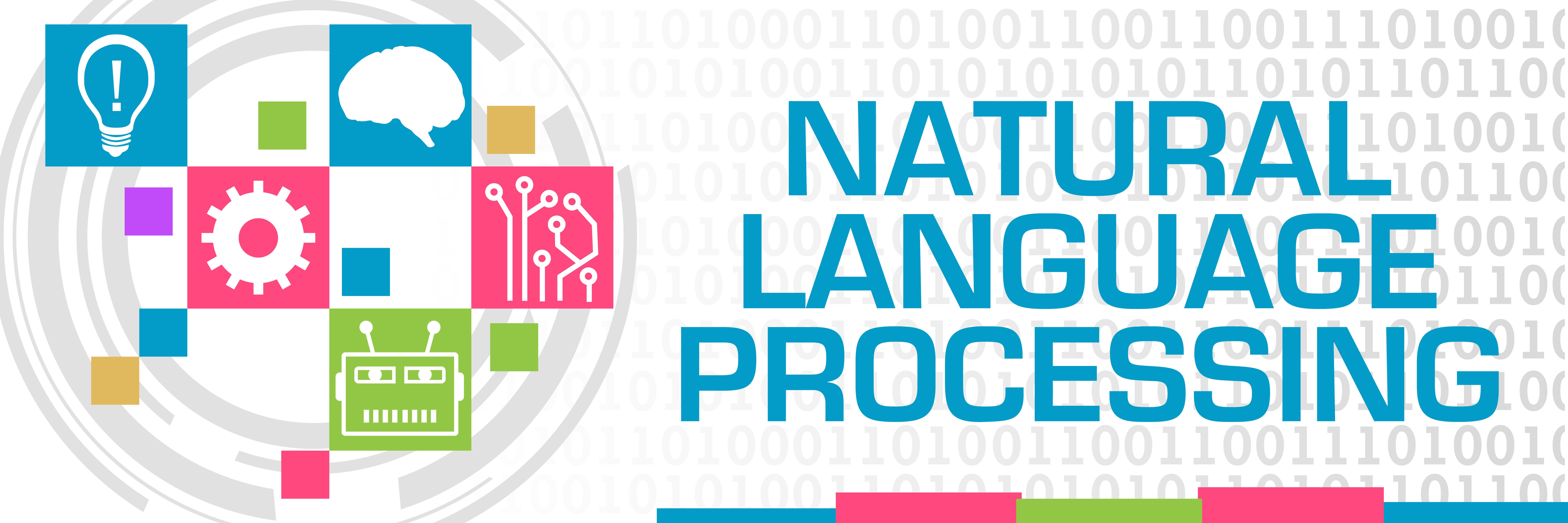How One Health System Uses AI-based Technologies to Identify Patients’ Social Determinants of Health
North Shore – Edward-Elmhurst Health used natural language processing to make information about social determinants of health in the electronic health records of patients more actionable.
©ileezhumn stock.adobe.com

Social determinants of health (SDOH) play a substantial role in driving health outcomes — both positive and negative. Until recently, however, providers have faced significant challenges in identifying patients who could benefit from SDOH interventions, resulting in missed opportunities to improve patient health at the individual and population levels.
SDOH factors are responsible for as much as 80% of health outcomes, according to the Robert Wood Johnson Foundation. Nonetheless, there remains a considerable disconnect between patients and providers around SDOH.
For example, a recent report in the Annals of Family Medicine revealed that providers consider a patient’s reported SDOH in only about 35% of healthcare decision-making. The report found that clinicians primarily learn about SDOH through patient-provider communication (76% of the time) and that clinicians also use prior knowledge of a patient’s social risk factors to make clinician decisions (64% of the time).
Calum Yacoubian, M.D., director, NLP healthcare strategy, at IQVIA.

It was less likely, at just 46% of the time, for providers to use SDOH information stored in patients’ electronic health records (EHRs) to inform clinical decisions, and that largely depended on how — not whether — the data was stored in EHRs. Researchers found that SDOH data was most commonly used by clinicians when it was stored as structured data in discrete EHR fields, as opposed to unstructured data in the narrative “notes” sections of patient records.
However, because so much important SDOH information is buried as unstructured data in EHRs, many health systems are now leveraging artificial intelligence-based tools such as natural language processing (NLP) to surface these critical details and convert them to structured text.
Improving equity and population health through SDoH identification
NorthShore – Edward-Elmhurst Health a top 15 teaching hospital headquartered in Evanston, Illinois, out of Chicago, is an integrated healthcare delivery system with nine hospitals, 300 ambulatory locations, 6,000 physicians and 25,000 team members. NorthShore's goal is to become a learning health system with knowledge generation processes embedded in daily practices to produce continual improvements in care.
Despite being headquartered in a largely affluent community, NorthShore faces significant SDOH differences across its patient population. For example, the life expectancy for residents in one census tract of the health system’s coverage area is 22 years shorter than another census tract.
To remedy the problem and promote greater health equity throughout its community, NorthShore’s leadership decided to embark on a program to pinpoint patients experiencing SDOH gaps and then refer these patients to appropriate local resources.
However, NorthShore had a problem identifying patients with SDOH needs at a time when many needed important interventions when they they’ve come to the emergency room (ER) for care. The problem wasn’t that the health system didn’t have information on patients’ SDOH; it’s that the SDOH information was buried in patient EHRs as unstructured data.
Traditionally, social workers employed in NorthShore’s ER would use proxy measures to attempt to determine patients’ SDOH gaps, such as predictive analytics around readmission and mortality. Although this method helped to identify high-risk patients, these patients didn’t necessarily have clear and addressable SDOH needs. Consequently, the health system’s ER social work team was spending a considerable amount of time trying to identify patients who required assistance with SDOH concerns.
To improve the process, Northshore implemented an NLP solution that uses artificial intelligence and machine learning concepts to extract unstructured SDOH information from patient records and convert it to a structured format. After a patient is enrolled in the ER, the NLP program scours patient records to identify whether an SDOH need exists, and, if so, notifies a social worker about the existence and nature of that SDOH risk.
Social workers then verify the SDOH need with the patient and provide community resources or enroll the patient in care management when applicable. Whereas previously social workers may not have interacted with these patients at all in the ER, they are now able to intervene for any unmet social needs.
Although still in its early stages, initial results verify the need for such a program: NorthShore found that about 30% of its population had at least one SDOH factor documented somewhere in unstructured text, demonstrating that there is value in extracting this information and making it structured to drive decision support.
As a result of the new program, NorthShore has been able to identify 56% more at-risk patients who are experiencing SDOH gaps, enabling social workers to make a targeted intervention to patients in need, by connecting them with the community resources that can help bridge those gaps.
Calum Yacoubian, M.D., is director of NLP healthcare strategy at IQVIA.
How a Collaborative Approach to Health-at-Home Care Creates Value
August 28th 2023By customizing collaborative models of at-home care to the health needs of the community and the business needs of key stakeholders, organizations can develop an innovative model that achieves mutual goals while strengthening health outcomes, access, and satisfaction.
Read More
How Pharmacies Can Help Drive Health Equity
July 10th 2023Pharmacists can administer vaccines and other types of acute care, such as prescribing antibiotics for strep throat, but they can do more. They can advocate for patients by asking targeted questions to direct them to appropriate resources and supply reliable information about Medicare and Medicaid plans and other coverage options.
Read More
We’re in a Golden Age of Obesity Treatment, but Insurance Coverage Is Lagging
June 21st 2023Many private insurers consider antiobesity medications to be 'vanity drugs,' and the refusal to cover obesity treatment is counterproductive because of obesity's many health consequences. But attitudes are changing, and a law extending Medicare coverage to antiobesity treatment is gaining traction.
Read More
How a Collaborative Approach to Health-at-Home Care Creates Value
August 28th 2023By customizing collaborative models of at-home care to the health needs of the community and the business needs of key stakeholders, organizations can develop an innovative model that achieves mutual goals while strengthening health outcomes, access, and satisfaction.
Read More
How Pharmacies Can Help Drive Health Equity
July 10th 2023Pharmacists can administer vaccines and other types of acute care, such as prescribing antibiotics for strep throat, but they can do more. They can advocate for patients by asking targeted questions to direct them to appropriate resources and supply reliable information about Medicare and Medicaid plans and other coverage options.
Read More
We’re in a Golden Age of Obesity Treatment, but Insurance Coverage Is Lagging
June 21st 2023Many private insurers consider antiobesity medications to be 'vanity drugs,' and the refusal to cover obesity treatment is counterproductive because of obesity's many health consequences. But attitudes are changing, and a law extending Medicare coverage to antiobesity treatment is gaining traction.
Read More
2 Commerce Drive
Cranbury, NJ 08512
All rights reserved.